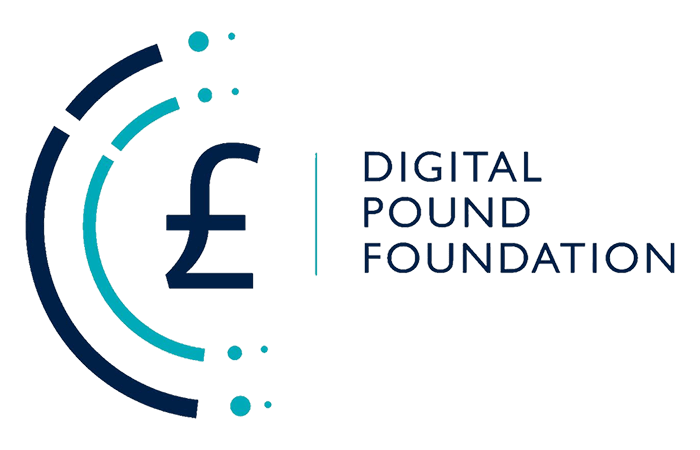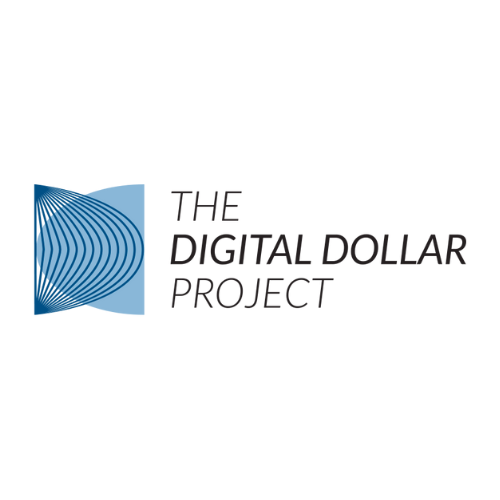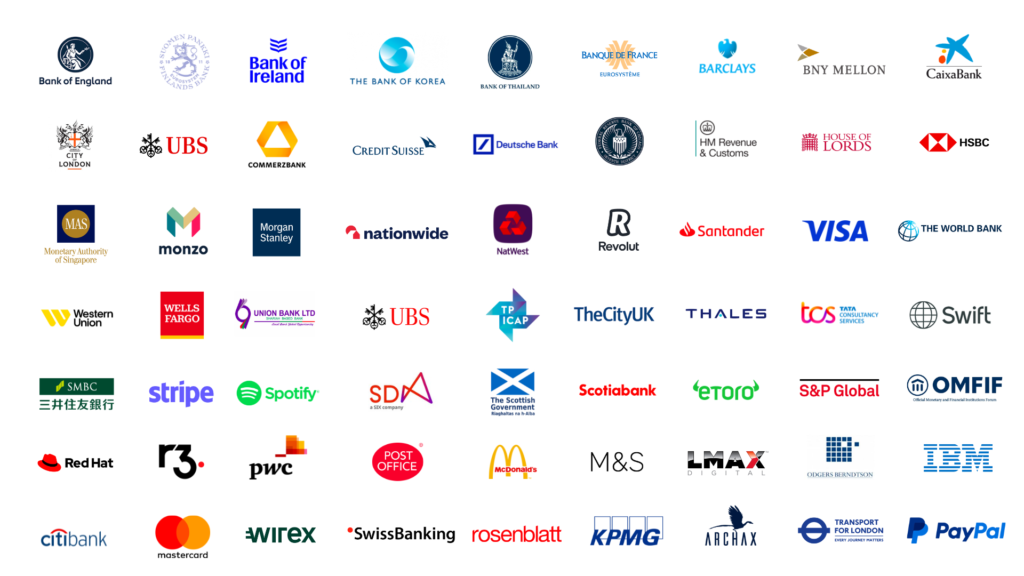Written by Martin Hargreaves, Chief Product Officer at Quant
Central bank digital currencies (CBDCs) promise to vastly improve electronic payments by fundamentally changing the nature of money.
These new digital currencies are programmable and offer the potential to help consumers and businesses better control their spending. Additionally, they can make cross-border payments faster and cheaper, protect individual privacy, prevent fraud and stimulate fintech growth in the UK.
After a turbulent year for cryptocurrencies and stablecoins, these seem to be bold claims. Also, our existing payment systems work well in the UK, so why would we consider a CBDC?
It turns out there are a lot of reasons. CBDCs are not cryptocurrencies. And while their use of blockchain technology is similar, CBDCs behave very differently to highly volatile crypto markets.
CBDCs are an electronic, real-time version of cash. They are regulated, issued and backed by a central bank. They tend to (depending on the central bank) retain their value much better than cryptocurrencies like Ethereum and Bitcoin, or so-called algorithmic ‘stablecoins.’
CBDCs can also offer significant benefits over traditional payment mechanisms. Chief among these are programmability and automation, which enable businesses and consumers to better plan and control payments.
For example, consumers could use new smart contract functionality within CBDCs, similar to escrow, to automatically issue payment after the safe and secure delivery of goods or services. This feature would help people avoid the returns/reimbursement process and access their cash. Merchants could see payments cleared and settled faster, prevent chargebacks and gain a more accurate view of their accounts and stock.
CBDC programmability could be extended even further. Payments could be graduated with automated triggers and built-in discounts and incentives to encourage better service delivery or performance.
Another benefit of CBDCs is improved cross-border transactions. Many of us have experienced high-friction and costly international payments.
In many places, cross-border payments fail. In experiments, central banks found that CBDCs could greatly simplify payments using secure blockchain architecture. These transactions could be made cheaper and quicker using fewer intermediaries and straightforward processes. Businesses could receive their funds faster, pay their suppliers earlier, and take advantage of preferential rates as they appear.
In fact, CBDCs could go further to help digitise value chains throughout an economy. Studies point to them reducing the number of counterparties and ‘value leakage’ to enable recipients to keep more of their money. This automation of workflows has the promise to help lubricate supply chains, something we all felt acutely in the wake of COVID-19.
One concern many people have about CBDCs is security– could they be stolen, hacked or compromised in the same way that cryptocurrencies have been targeted? We believe CBDCs can be designed securely as critical national infrastructure, protected in the same way as our existing payment systems and economies. These digital assets are highly secure and resilient, nearly impossible to tamper with and have no single point of failure.
The banking networks CBDCs run on would utilise secure, ringfenced distributed ledger technologies (DLTs) accessible only by authorised financial institutions and regulators and provide new payment options for consumers and businesses.
Interoperability would be at the heart of a well-designed CBDC. As would as providing the right balance of privacy and regulation. Blockchain technology makes it possible to collect all the information required by the regulators for know your customer (KYC) and anti-money laundering (AML) rules– without compromising privacy. This is an essential feature of any CBDC model as privacy is vital for public acceptance.
CBDC pilots are currently taking place around the world, including in the UK. It’s not a one-size-fits-all process. Different jurisdictions have a unique set of economic drivers to consider. They are all testing different roles and responsibilities of central and commercial banks to issue money, facilitate payments and minimise costs.
This is exactly what the LACChain regional programme has done. A global alliance led by the Innovation Lab at the Inter-American Development Bank Group (IDB Lab), it has developed a blockchain ecosystem for Latin America and the Caribbean to enable cross-border payments and reconciliations.
Among the G20, 19 nations are actively exploring CDBCs. But, arguably, the most advanced CBDC project is occurring in China. As of January 2022, 261 million people, one-fifth of the country’s population, have set up an e-CNY wallet, spending 87.5b yuan ($13.8b).
As for the UK, the work of the Bank of England to pilot different CBDC models with the private sector is promising. While we currently have a well-functioning, low-cost digital payments system, CBDCs unlock many new and useful capabilities for consumers and businesses that are simply not currently available. CBDCs present a clear opportunity to cement our position as a global leader in fintech, and we cannot afford to miss out.
























































